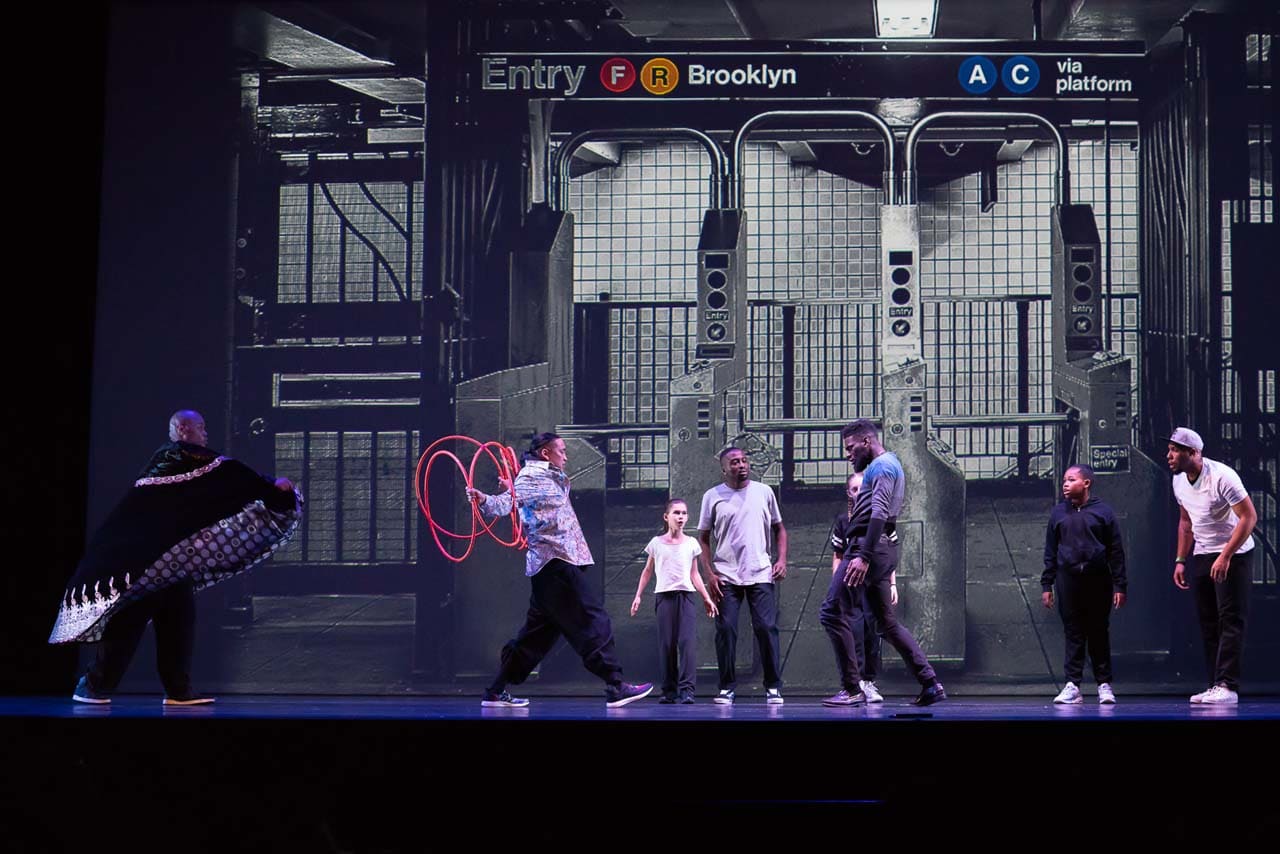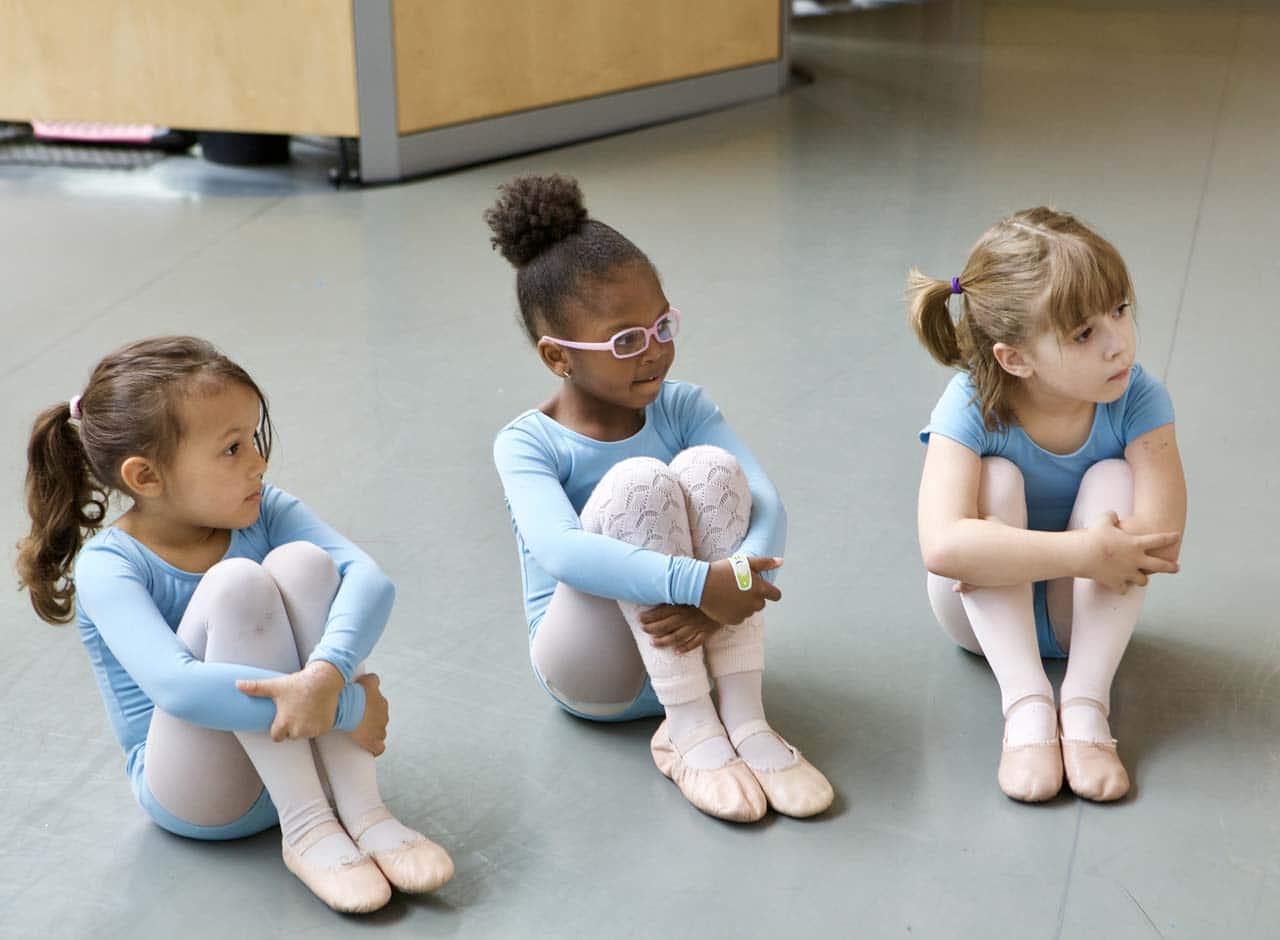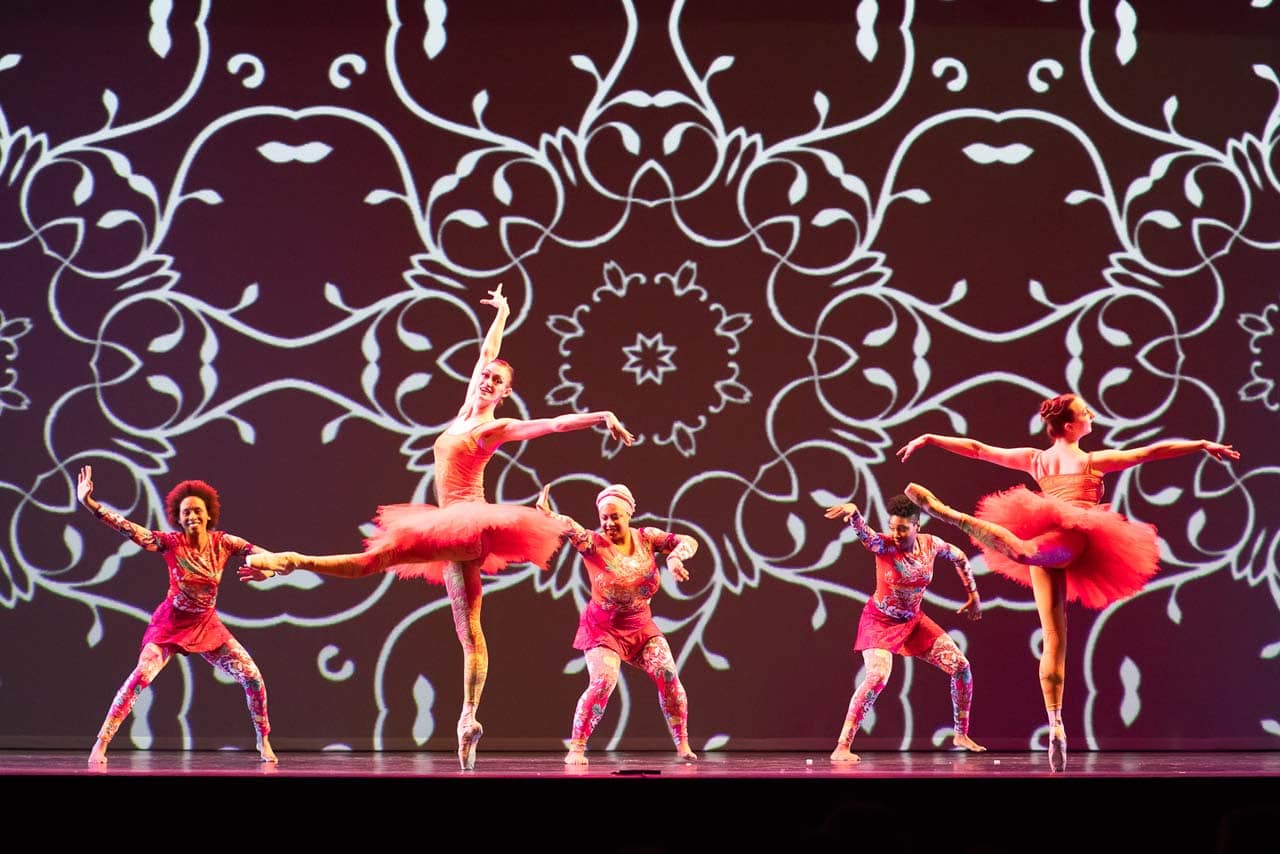HOW BROOKLYN BALLET MAKES THIS ART FORM MORE ACCESSIBLE, NOT JUST FOR ASPIRING DANCERS, BUT FOR AUDIENCES AS WELL
BY BRIAN DUNLEAVY
Nationally, ballet has been struggling for decades with a fundamental audience problem, its lack of diversity; 80% of attendees were white, two-thirds were female, and a disproportionate number of them came from high-income homes, according to the last National Endowment for the Arts comprehensive survey in 2012.
Making this half-millennium-old art form (the first examples of which originated in 15th-century early-Renaissance Italy) relevant to New York audiences and beyond, however, is amply evident in Brooklyn Ballet’s summer plans, according to its founder and artistic director, Lynn Parkerson. They include participation in the city’s “Public Space Activations” program as well an annual Next Step summer intensive dance education program.

Since founding the ballet in 2002, Parkerson’s goal has been to create a company that “reflects Brooklyn’s diversity.”
“That’s the DNA of our mission,” she explained. “At every level, from the programs we develop, to the dancers, to those engaged in other creative processes all throughout the organization, we want to serve as a platform for the talent and energy we see throughout the borough community.”

For the 11th consecutive summer, Next Step will provide instruction to dancers between eight and 18 years of age, beginning August 3rd and running through the 28th. Because “we are a ballet company,” Parkerson said, “the foundation of the program is most definitely the classical form of the dance, but with a twist; the curriculum also includes aspects of hip-hop, modern dance, and African dance, among other styles, often blended with traditional ballet principles.”

“It’s an intensive program,” she added. “You need quite a bit of training to be a professional dancer, and this reflects that.” Students attend classes five days a week, from 9 a.m. until 3 p.m., and Next Step faculty are among the top instructors in their field, with teachers from the Brooklyn Ballet School as well as dancers and choreographers from other programs, including the New York City Ballet and the Alvin Ailey American Dance Theater.
It’s worth noting that the ballet company and the school remain steadfastly loyal to their borough roots. Historically, it has hosted most of its performances out of Kings Theater in Flatbush, but will be moving to the new theater at New York City Technical College in Downtown Brooklyn this fall, starting with an annual performance of e Nutcracker in December. It is also scheduled to take its talents to other boroughs this summer, through participation in the NYC Department of Transportation’s Public Space Activations. e goal of the program is to enliven city parks and additional public spaces through live performances and other events, and the Brooklyn Ballet will be part of it for the first time this year, showcasing not only virtuosity within the company, but also its unique take on the art form. Dates, times, and locations of performances are still to be determined (check the website below for updates).

“When I started the company, I thought that it could bring something new to ballet, which in my view had become a bit stale…complacent,” Parkerson noted. “It just wasn’t as alive as what was happening in Brooklyn, and we wanted to change things. I think we’ve accomplished that, and are looking forward to sharing what we do with the whole city.”
Brooklyn Ballet
160 Schermerhorn Street / 718.246.0146 /
brooklynballet.org


